There are no products listed under this category.
François Auguste-Hippolyte Peyrol
Born in 1832, François Auguste-Hippolyte Peyrol came to Paris in 1842 when his mother married widower Raimond Bonheur. He studied painting and sculpture under Raimond, who sent him to study under the celebrated animal sculptor Antoine-Louis Barye and he later studied under Emmanuel Fremiet. In 1852 he married his step-sister, Juliette Bonheur and on June 10th of 1856 they had their first son, François Auguste-Hippolyte Peyrol. Their second son, Rene Peyrol, was born July 4th of 1860.
By 1875 François had established himself as an editeur of bronzes at 24, Haute Feuille in Paris where he edited bronze works for Rosa and Isidore with near exclusivity. Rosa did apparently entrust the casting of some models to outside firms, as her Recumbant Ewe for example was entrusted to Susse Fréres for a period of time [see Cadet, "Susse Frères: 150 Years of Sculpture"] and our gallery has handled several lifetime casts of her models that were executed by other foundries.
While he is often noted as being the founder of various bronzes, there is no direct evidence he actually cast the works for the Bonheurs and it is a distinct possibility he outsourced the casting process. Regardless of the actual laborers involved, a careful review of bronzes sealed by his cold-stamped mark show a great deal of consistency in the quality of castings, the technical joinery methods and methods of surface patination, all a testament to the tight control he asserted over every aspect of the casting process. By 1890, Peyrol had located his premises at 14, rue de Crussol and he passed away in Paris on January 29 1900.
François Auguste-Hippolyte Peyrol (Jr.) studied painting under his aunt, Rosa Bonheur, and sculpture under his uncle, Isidore Bonheur, as well as Tabard and Frenne, first exhibiting at Salon in 1880. He was awarded honorable mention at the Salon des Artistes Francais in 1883, 1886 and 1892, achieving a second-class metal in 1892 and first class in 1894. In 1899 he collaborated with his uncle to execute the Monument to Rosa Bonheur in Fountainbleu as a commemoration to her. In 1908 he was awarded the Chevalier of the Legion d’Honneur. Much of his work was focused around animal subjects. He continued to operate his father's business until approximately 1927 when it was taken over by Comptoir Français des Arts.
Literature and References:
- "Bronzes of the Nineteenth Century, Dictionary of Sculptors", Kjellberg, p. 662, p. 541
- “E. Benezit Dictionary of Artists”, Vol. X, Gründ, 2006, p. 1294
- “The Founders and Editors of the Barye Bronzes”, J.G. Reinis, p. 120-121
- “Reminiscences of Rosa Bonheur”, Theodore Stanton, 1910
Locating the foundry mark can be a bit difficult, but it is an important part of authenticating a bronze edited by Peyrol. The best place to find these are on the back vertical edge of the base rim. Below are numerous examples of the marking from bronzes handled by our gallery.
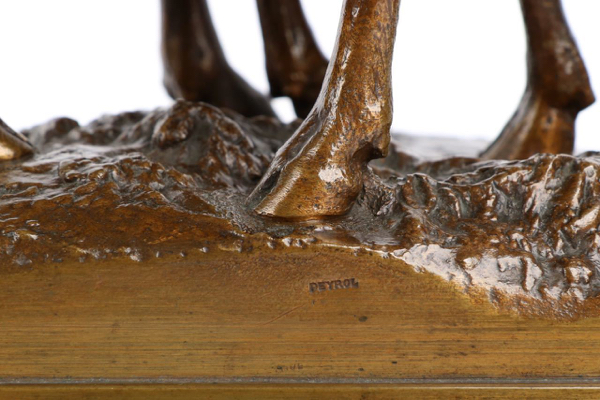 |
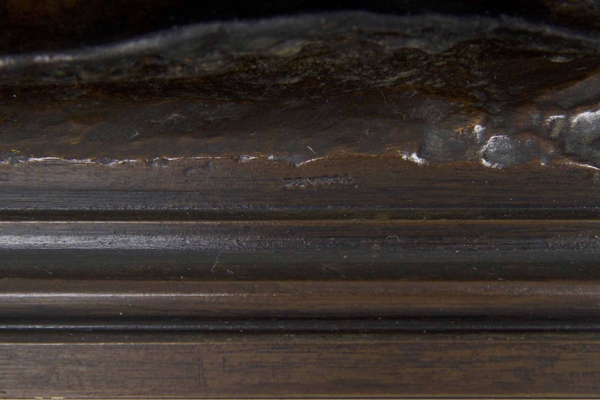 |
 |
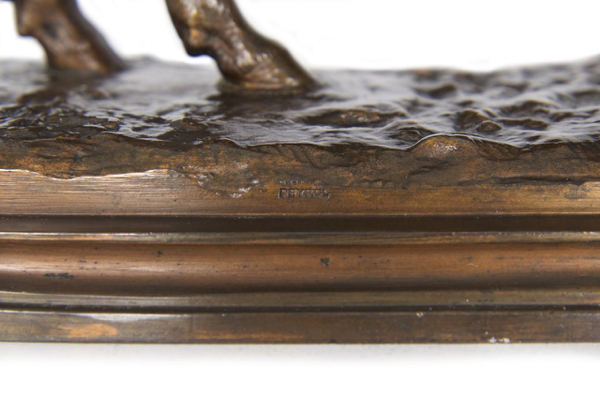 |
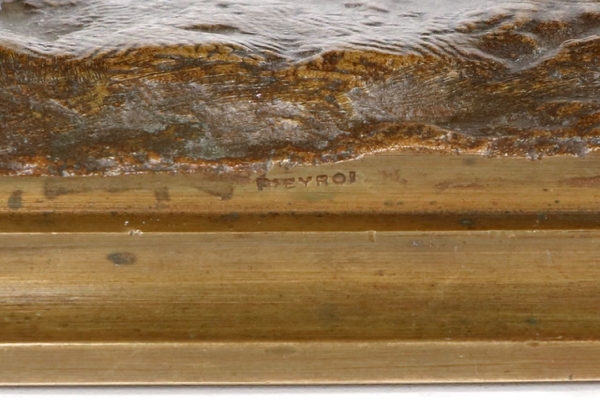 |
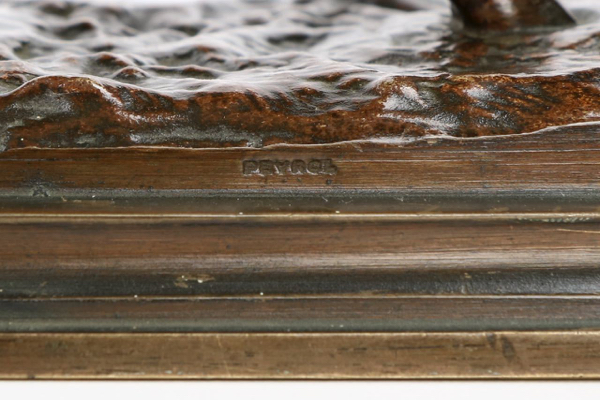 |
While there is consistency in the casting techniques of Peyrol bronzes, just as notable is the broad spectrum of joinery techniques employed when assembling the finished casting. Two sculptures of Rosa Bonheur's Taureau Beuglant are shown below [figure 4 and 5], an early example with an entirely finished underside complete with ground rods; the second of identical size but a later model, this with threaded rods attaching the bull's feet through the base, affixed with washers and nuts.
While these unseen parts are often left untouched by foundries, with bits of plaster, vents and rods often simple left inside of the work, pieces edited by Peyrol tend to be completely finished on the underside and sometimes include partial gilding or blackening of the bronze. One relatively consistent attribute in the joinery of Peyrol sculptures is a peened posts instead of the more traditional threaded-rod and handcut nut of his contemporaries. Note below on Isidore Bonheur's sculpture Merino Ram & Ewe [figure 2 & 3] a conical peen to the rods beneath the sculpture; this is not typical, most peening left relatively rough and sometimes patinated to match the rest of the underside of the base.
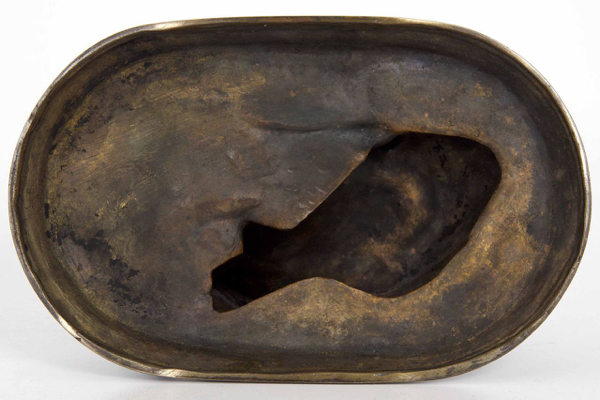 fig. 1: "Boeuf Couché" by Rosa Bonheur |
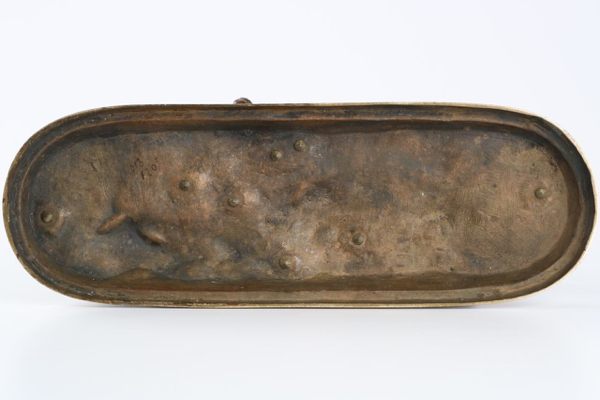 fig. 2: "Merino Ram & Ewe" by Isidore Bonheur |
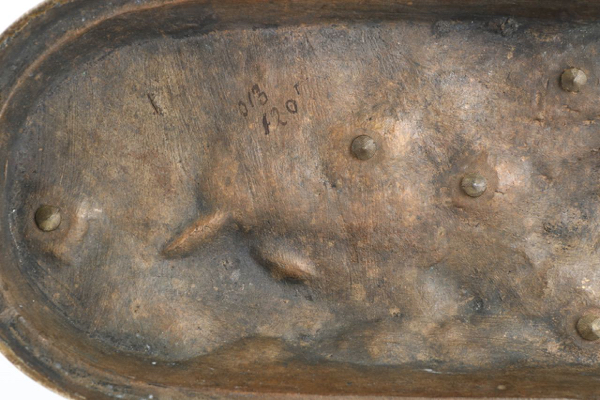 fig. 3: "Merino Ram & Ewe" by Isidore Bonheur |
 fig. 4: "Taureau Beuglant" by Rosa Bonheur |
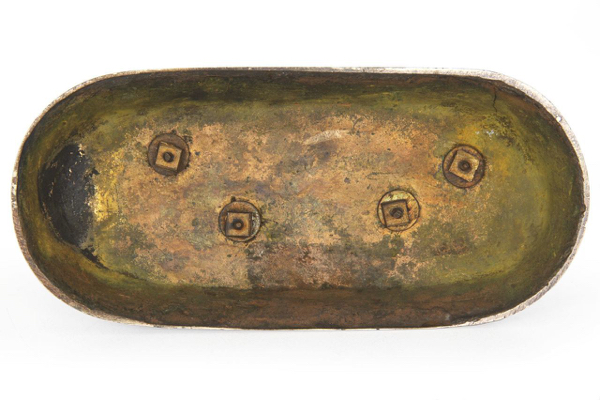 fig. 5: "Taureau Beuglant" by Rosa Bonheur; note the somewhat later casting of this model with the more traditional hand-cut nuts and threaded rods backed by washers (perhaps added) |
 fig. 6: "Standing Ram" by Isidore Bonheur |
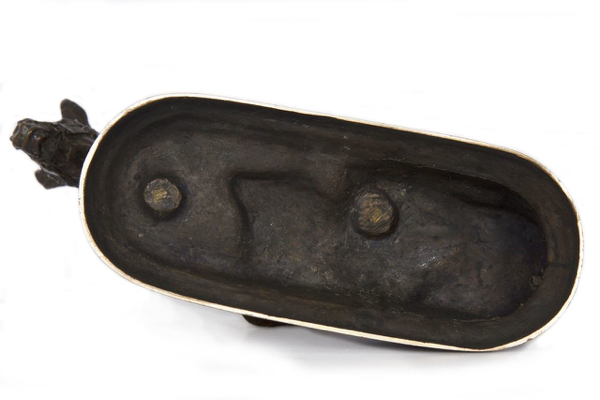 fig. 7: "Spanish Rider on Mule" by Isidore Bonheur |
 fig. 8: Study of a laborer by Hippolyte Peyrol, cast by Peyrol |
